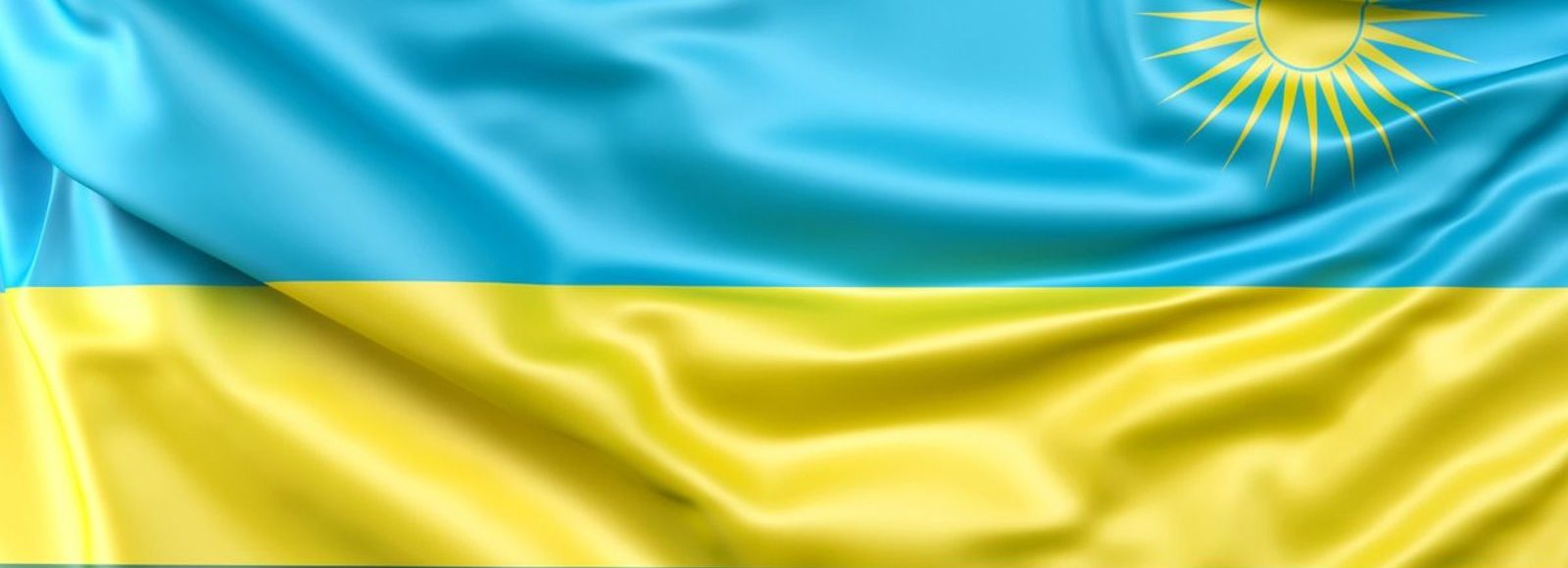In 2011, when Rwanda committed to restoring 2 million hectares of land in a global effort to restore 150 million hectares of degraded and deforested areas by 2020, it seemed like a big ask.
The densely populated and geographically small African nation had many limitations which could stand in the way of this as well as a commitment to achieving forest cover increase of up to 30 percent of total land area by 2030 as part of the Bonn Challenge.
Aside from limited land availability — Rwanda’s land area only encompasses 2.4 million hectares or 24,000 square kilometres — the country’s terrain did little to support the efforts. The country’s topography includes steep slopes, and it is the country with the highest mean soil erosion rate, according to the Food and Agriculture Organisation of the United Nations (FAO).
So how did Rwanda manage to restore more than 800,000 hectares almost half of its original pledge in less than a decade?

